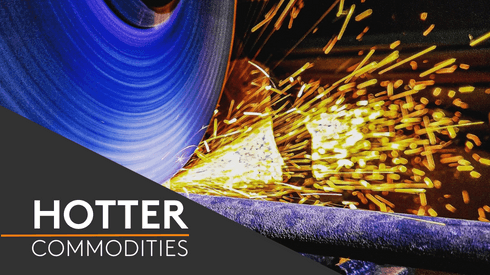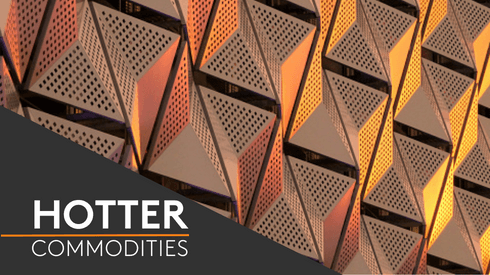Copper prices racing to all-time highs and treatment and refining charges (TC/RCs) plunging to their lowest levels on record suggest a market under intense strain.
There could be opportunities for miners and recycled copper producers, while smelters face serious challenges. We take a deep dive into the disruption reshaping the copper market.
We will explore:
- How copper demand growth is being spurred by the energy transition
- Copper production forecasts and the struggle to keep up with demand
- Copper recycling and predictions for the future
- Data on forecast copper deficit
- The emerging challenges for copper smelters
- Whether current copper trends can be sustained
Find out more about Fastmarkets’ short- and long-term forecasts services for the copper market.
1. Copper demand growth supercharged by energy transition
Apparent refined copper demand will rise at a compound annual growth rate (CAGR) of 2.6% to reach 35.1 million tonnes by 2034, up from 26.5 milllion tonnes in 2023.
Consumption from energy transition industries (solar energy, wind power, electric vehicles (EVs) and EV charging infrastructure) will rise at a CAGR of 11.2%, far outpacing consumption from traditional sectors with a rise at a CAGR of 1.4%.
Within energy transition demand, the electric vehicle (EV) sector’s copper consumption will rise at a CAGR of 13.7%, accounting for 55% of the energy transition total.
Demand from the wind power sector will rise at a CAGR of 11.2%, while solar demand will rise at a CAGR of 6.1%.
2. Copper production can’t keep up
Copper production from all sources will grow at a CAGR of 2.2% in the next 10 years to 2034, underperforming demand growth of 2.6%.
We forecast concentrate production to rise at a CAGR of 2% after disruption allowances, reflecting a relative lack of investment in major new mines in the past decade, higher capital costs, falling average ore grades, policy risks and ESG complications.
Read the full article






